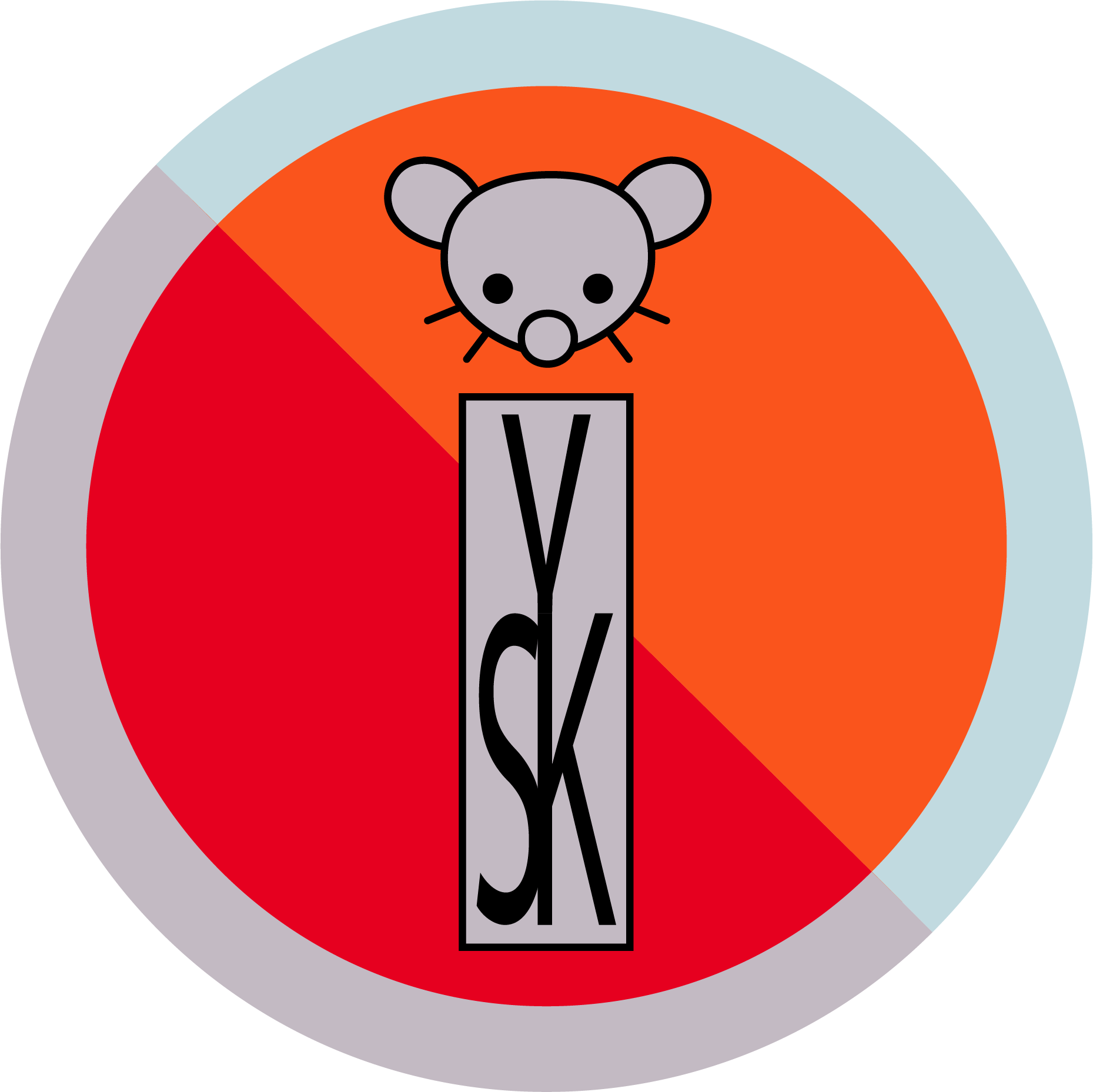An alternate calendar system briefly used by republican France. It had 360 days per year with 5 or 6 “intercalary” or leap days between years. It had 12 months of 30 days, which were comprised by 3 weeks of 10 days. Every day of the year had a unique name: a common plant, animal, mineral, or tool/equipment (ie January 31 was “Broccoli” and May 4 was “Silkworm”).
YSK because it’s an interesting alternative to the Gregorian calendar and the occasionally-proposed 13 month calendar.
Though it did have some problems such as starting in late September (very unusual for a calendar) and not having a robust leap-year system.
I think it would be fair to highlight that this was revolutionary France’ brainchild. It is a republic today as well but they’ve gone back and forth on that one a bit in the last two centuries.
Holy crap this is what I wanted. at least four of the intercalary days should be the solstice and equinoxes. and I wanted the weeks to be 5 weeks of 6 days per month with every month starting and ending on the same day. I would be tempted for the fifth and sixth intercalary to be after the winder solstice and call the fifth new years and the sixth one leap day or something. I figure thats sorta the main holiday time anyway.
In the revolutionary context, the extra days were all piled into the end of the year. Kind of a special short month, or more realistically a set of days not in a month. But yeah, leap days were added there when necessary.
Twelve months of five weeks of six days plus five or six days at the end for Christmas and New Years would absolutely rule. As long as weeks became 4+2 and not 5+1, anyway. I say we drop Thursdays and just keep the rest of the day names, they’re fine.
Best we can do is 996 with the new 6-day weeks.
I like T/W/F more than T/Th/F but I still rather Thursday over Wendedsday

12 months of 30 days
January 31
You can only pick one of these.
Starting the year in January sucks. Ancient civilizations had it right with a start of the year at the Spring equinox. The original design by Sylvain Marechal, right before the Revolution started, did start in March…
That’s completely irrelevant to my point, which was that in a calendar of 12 30-day months you can’t have a 31st day of any month.
They also had metric clocks.
But in any case, I’m more intrigued by the idea of the calendar with thirteen 28-day months. Too many religions are invested in the question of what day of the week it is to move away from a seven-day week.
Yes, they also decided to change the time to decimal time.
The day was divided into 10 hours, each hour was 100 minutes …
13! A prime number indivisible into anything. Ugh!
13! is definitely not a prime number, but it’s too large to be useful in this context (I know, I know, you didn’t actually MEAN 13-factorial, but I’ve studied enough maths that I couldn’t help it).
I’ve seen people object to a 13 month calendar based solely on the idea that you can’t divide the year into quarters. But it’s actually really easy to remember. A quarter is 13 weeks, or 3 months and 1 week. So Q1 ends a week after month three, Q2 ends 2 weeks after month six, Q3 ends 3 weeks after month nine, and q4 ends after month 13 aka the end of the year. And since the calendar doesn’t change, you don’t even need to remember it, just mark the quarter ends once and you’re done forever.
Just compare that to the unnecessary complexity of the Gregorian calendar and the effort it takes to remember basically anything that changes from year to year, or what day of the week any given date or holiday falls on, or even just which months have 30 days and which have 31.
Fine! Four months of thirteen weeks, and no more complaining!
As I recall, a major reason it didn’t take off was very simple: the new “Sunday” only came every 10 days instead of 7!
The best bit about it was definitely the evocative month names.
Thermidor > July ×10
School year starts around September so that’s kind of nice but what did it in, or so I have heard, was the 10 day workweek, just too long.







